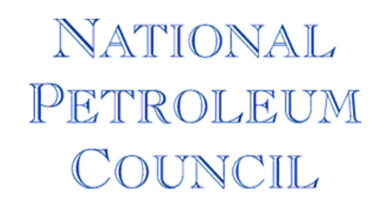‘Transformational technologies’ to support drilling systems automation
By Joanne Liou, Associate Editor

On the road to drilling systems automation (DSA), communication plays a key role, in which physical mediums and standards enable disparate solutions to interoperate and interconnect. On any particular drilling rig, there are approximately 40 different standards being used. “The biggest challenge we see is not that we have too many standards but that we’re not very good at managing those standards,” Moray Laing, Principal Oil and Gas Consultant for SAS, said. Mr Laing discussed efforts of the communications team – one of eight under the DSA Roadmap Initiative – at the DSA Roadmap Workshop on 15 September in Galveston, Texas. The IADC Advanced Rig Technology Committee and the DSA Roadmap Cross Industry Initiative Committee jointly organized the workshop.
To analyze communication standards – the purpose of the standard, the questions that need to be answered and how to build a use case, which are steps to define interactions between a user and system – the team created a framework based on three dimensions: the consumer of information, the scope of communications and the systems. The framework identified key needs, challenges and opportunities. “When we’re looking at a use case, we consider the scope. Is it within communications between the rig and the office, or is it rig to rig? If it’s at the rig site, is it between a process and a device, or a device and device? Where is it actually operating?”
Although the framework provided a path for the team, the goal was unclear. “We developed a framework, but we still really had no idea where we were going and what we were trying to achieve,” Mr Laing said. The team realized one of the biggest issues was the tension between technology and business. For example, Mr Laing referred to telemetry technology. “If you consider MWD telemetry from the BHA to surface, it’s very proprietary. Everybody uses their own telemetry schemes to do that communication. They also have their own decoding solutions at surface to read that information and turn it into data,” he continued. “Why do we have these different systems? Because there’s competitive differentiation.” Commercial differentiation is an obstacle to technology adoption.
Mr Laing considered a scenario where telemetry technology became openly available to the industry, and bandwidth was no longer a limitation. “If that happens, then the conversation could move toward, ‘let’s have a standardized telemetry scheme for downhole tools.’”
The team decided to use its framework to analyze “transformational technologies” that could alter the paradigm of commercial and technological tensions and drive adoption of new technologies. “We’re looking at roadmaps and making suggestions on where the focus should perhaps be. We started looking at these transformational technologies to identify and analyze where we can develop use cases for communications,” he said. Four areas of transformational technologies are being considered:
- GE’s Industrial Internet and Intel’s , which could lead to self-aware sensors and systems that are interconnected. “Instead of being all about how do I connect A to B, it’s how does A and B connect contextually to make a decision that they pass to C,” Mr Laing said.
- Communication mediums, such as lasers, rather than fiber optics, to communicate with subsea “It’s a transformational technology we have to investigate, and we’re trying to enhance that discussion and bring out use cases.”
- In-stream analytics, where advanced analytics are performed as data is moving. “There has to be context, as well as the data. Do we have communication standards that support that today?”
- Cyber security. “As we become more connected and provide more access to our control systems through digital format, the risk of the cyber attack becomes more real,” Mr Laing stated. “We’re moving from a rules-based cyber defense solution to an analytical one, so you look at the behaviors within communications around the control systems, rather than physical acts.”




